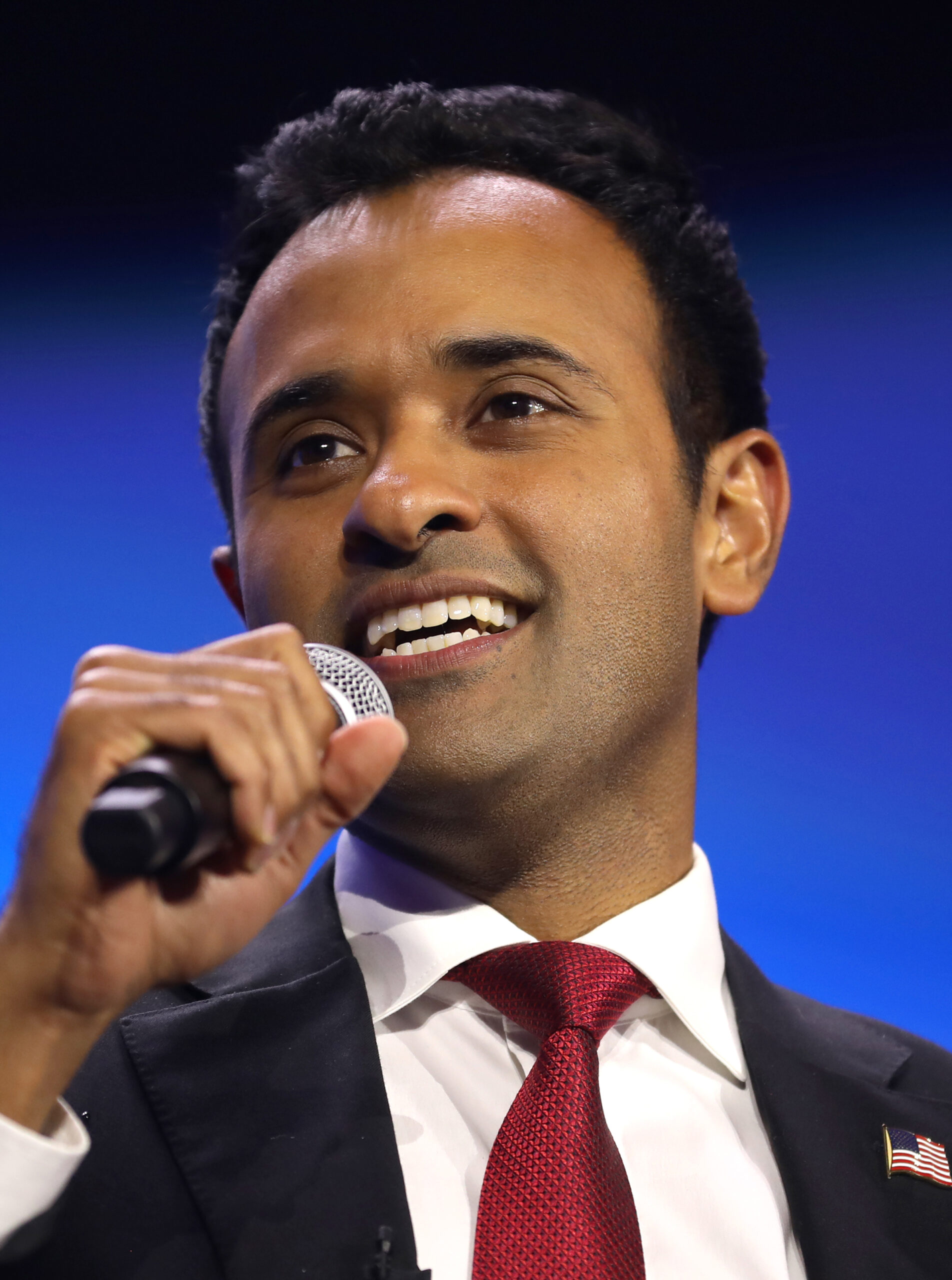The world of cryptocurrency has witnessed a remarkable evolution since the advent of Bitcoin over a decade ago. As the ecosystem diversifies, various digital assets and blockchain-based collectibles have gained popularity. Among these, CryptoPunks stands out as one of the earliest and most iconic examples of non-fungible tokens (NFTs). However, along with their rise to prominence, CryptoPunks has faced accusations of being a potential money laundering mechanism. In this exploration, we delve into the origins of CryptoPunks, their role in the NFT market, the accusations of money laundering, and the broader context that paints a more nuanced picture.
Understanding CryptoPunks
CryptoPunks were created by the company Larva Labs and were one of the earliest experiments in digital art on the Ethereum blockchain. Launched in 2017, CryptoPunks are 24×24 pixel art characters with unique attributes like hairstyles, accessories, and expressions. Despite their simple appearance, they have become highly sought-after collectibles due to their historical significance in the NFT space.
The NFT Craze
Non-fungible tokens (NFTs) are unique digital assets that represent ownership of a specific item, artwork, or digital content on a blockchain. NFTs have gained immense popularity across various sectors, from art and music to virtual real estate and digital fashion. This frenzy has led to astronomical valuations and considerable attention from investors, collectors, and the general public.
Money Laundering Allegations
The emergence of valuable digital assets like CryptoPunks has raised concerns about potential misuse for money laundering. Money laundering is a process through which illegally obtained funds are made to appear legitimate by passing them through a complex sequence of transactions. Critics argue that NFTs, including CryptoPunks, could serve as a means for criminals to launder money due to their pseudonymous nature and the lack of strict regulations in the NFT space.
Pseudonymity and Regulatory Gaps
CryptoPunks, like many other NFTs, are associated with pseudonymous ownership. While transactions on the blockchain are traceable, identifying the real-world individuals behind wallets remains challenging. This lack of transparency has led to worries that NFTs could facilitate money laundering schemes by providing a seemingly legitimate way to move funds across borders without detection.
Art Market Parallels
The traditional art market has long been scrutinized for its potential use as a conduit for money laundering. High-priced art pieces can be used to move large sums of money across jurisdictions without raising suspicions. Critics argue that NFTs, particularly those with significant value like CryptoPunks, could replicate these dynamics in the digital realm.
The Counterargument: Legitimacy and Authentication
While money laundering concerns are valid, it’s essential to consider the broader context that places CryptoPunks within a legitimate framework.
Public Blockchain Transactions
One of the key features of blockchain technology is the public ledger that records all transactions. While ownership remains pseudonymous, every movement of CryptoPunks and other NFTs is traceable on the blockchain. This traceability provides a level of transparency that is absent in traditional money laundering methods.
Artistic and Cultural Value
CryptoPunks, like many other NFTs, hold value beyond their potential for financial gain. They represent a cultural phenomenon that emerged within the Ethereum community and played a pivotal role in shaping the NFT ecosystem. Collectors and enthusiasts are drawn to these digital artifacts not solely for investment purposes but also due to their historical significance.
Legitimate Transactions
The majority of CryptoPunks transactions likely involve legitimate buyers and sellers who are passionate about the NFT space and its possibilities. Many transactions are driven by collectors who appreciate the artistry, uniqueness, and cultural relevance of these digital characters.
The Regulatory Landscape and Future Mitigation
The concerns surrounding money laundering in the NFT space are indicative of a broader challenge in the cryptocurrency ecosystem: the need for comprehensive regulations. As the NFT market continues to grow, governments and regulatory bodies are grappling with how to effectively monitor and regulate these digital assets.
Enhanced KYC Measures
Implementing robust Know Your Customer (KYC) and Anti-Money Laundering (AML) procedures for NFT platforms could provide an additional layer of protection against illicit activities. This would involve verifying the identities of users involved in significant transactions and monitoring suspicious activities.
Education and Transparency
Educating users about the risks associated with NFTs and cryptocurrencies is crucial. By understanding potential vulnerabilities, users can make informed decisions and be more vigilant about their transactions. Platforms could also increase transparency by implementing reporting mechanisms for suspicious activities.
Collaborative Efforts
Governments, regulatory bodies, and industry stakeholders need to collaborate to create a balanced regulatory framework. Striking the right balance between preserving innovation and addressing potential risks is essential for the sustainable growth of the NFT market.
Conclusion
While accusations of CryptoPunks serving as a money laundering mechanism cannot be outright dismissed, it’s important to recognize that these allegations are part of a broader conversation about the role of NFTs in the cryptocurrency ecosystem. CryptoPunks’ historical significance, artistic value, and traceability on the blockchain suggest a more nuanced perspective. The NFT market, including CryptoPunks, is at a crossroads where legitimate usage and potential vulnerabilities intersect. As the market matures, addressing money laundering concerns and implementing responsible regulations will be vital to ensure the long-term credibility and success of the NFT space.
By Benny Steele


